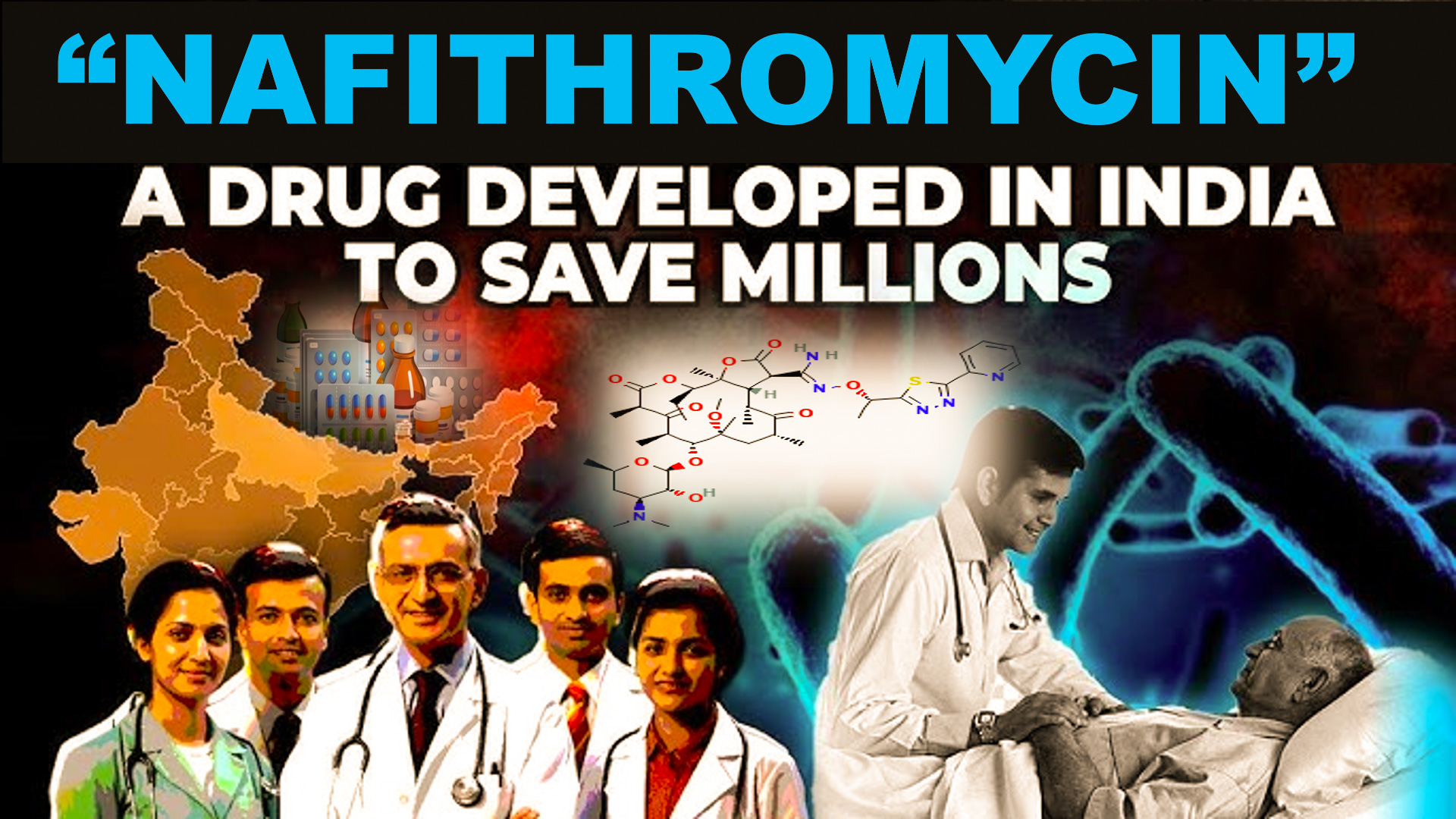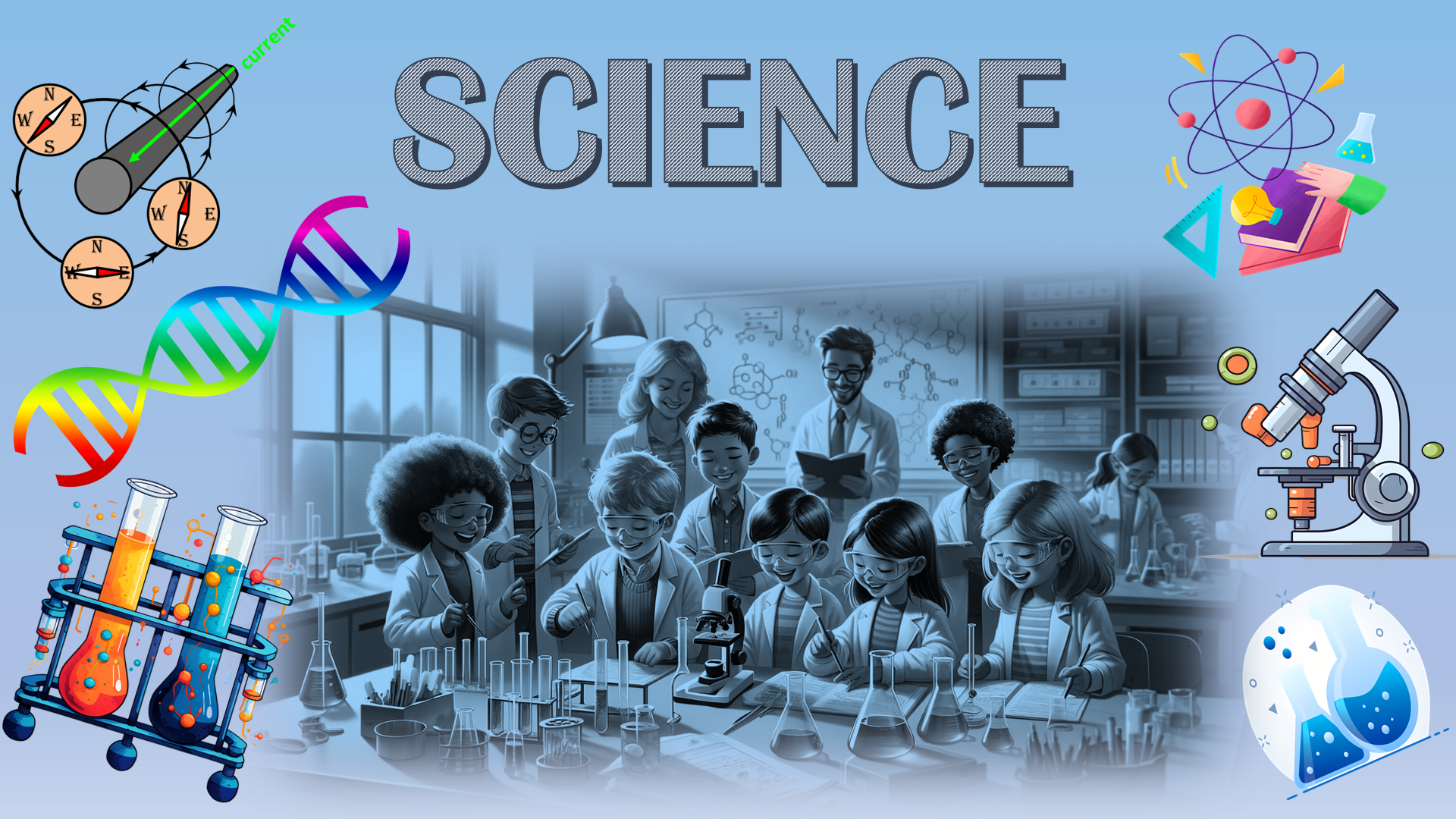Nafithromycin - India’s First Weapon Against Antimicrobial Resistance for Pneumonia Treatment | (Fri 06 Dec 2024 14:03)

On a momentous occasion, Union Minister Dr. Jitendra Singh announced the launch of Nafithromycin, a revolutionary antibiotic developed to tackle the growing threat of Antimicrobial Resistance (AMR), specifically addressing Community-Acquired Bacterial Pneumonia (CABP). This drug represents India’s first significant breakthrough in the fight against AMR, a global health crisis that continues to complicate the treatment of various bacterial infections. The launch is a testament to India’s growing capabilities in the field of biotechnology and pharmaceutical research.
Development Background and Research Effort
Nafithromycin is the result of over 14 years of rigorous research and development, involving significant financial investments and collaboration between public and private sectors. The development process was led by the pharmaceutical company Wockhardt, in partnership with the Biotechnology Industry Research Assistance Council (BIRAC), an initiative of India’s Department of Biotechnology. The project involved an investment of ₹500 crores, a significant financial commitment that reflects the importance of tackling AMR through innovation.
The primary challenge in the development of Nafithromycin was the growing resistance of bacteria to existing antibiotics, particularly in the treatment of Community-Acquired Bacterial Pneumonia (CABP). Pneumonia caused by drug-resistant bacteria has become one of the leading causes of death worldwide, with over two million deaths annually, and India accounts for about 23% of global community pneumonia cases. Existing antibiotics like azithromycin are increasingly ineffective due to bacterial resistance, leading to the urgent need for new, more potent antibiotics. Nafithromycin, which has shown to be ten times more effective than conventional treatments, aims to fill this crucial gap in the medical community.
Significance of Nafithromycin
The significance of Nafithromycin cannot be overstated. Antimicrobial Resistance (AMR) is one of the most pressing global health threats today. According to the World Health Organization (WHO), AMR could result in 10 million deaths annually by 2050 if left unaddressed, surpassing deaths caused by cancer. The rise in antibiotic resistance has rendered many common infections harder to treat, leading to longer hospital stays, more intensive care, and a higher risk of death.
Nafithromycin is an innovative solution to this crisis. Unlike existing antibiotics, it has demonstrated superior efficacy against resistant strains of bacteria, particularly in treating pneumonia, one of the deadliest forms of respiratory infection. Clinical trials have shown that Nafithromycin is ten times more effective than other antibiotics currently used to treat CABP. Its three-day treatment regimen is not only highly effective but also offers a quicker, safer, and more tolerable option for patients. This is especially important in a healthcare landscape where prolonged use of antibiotics can lead to further resistance and complications.
Moreover, Nafithromycin has a favorable side-effect profile compared to other antibiotics. It has shown minimal side effects, with few issues related to the digestive system, and it does not require any food restrictions, making it easier for patients to adhere to the treatment protocol. The drug has been designed with patient comfort and safety in mind, which is crucial for enhancing compliance and ensuring the effectiveness of the treatment.
Regulatory Approval and Market Availability
Currently, Nafithromycin is pending final approval from India’s Central Drugs Standard Control Organization (CDSCO), the regulatory body responsible for ensuring the safety, efficacy, and quality of drugs in the country. Once approved, Nafithromycin will be manufactured and made available to the public, significantly enhancing India’s ability to treat bacterial infections, particularly those that have become resistant to conventional antibiotics.
The approval process is crucial, as it ensures that the drug meets all required standards for public health. The CDSCO’s role is pivotal in ensuring that the drug undergoes rigorous testing and evaluation before it is introduced to the market, guaranteeing its safety for use by the general population.
The Need for AMR Research and Global Collaboration
Dr. Jitendra Singh highlighted the urgent need for AMR research, pointing out that the COVID-19 pandemic has raised global awareness about the potential of biotechnology to address pressing healthcare challenges. The pandemic has underscored the importance of scientific research and innovation, particularly in the field of medical technologies and pharmaceuticals. The launch of Nafithromycin is a testament to the progress that India has made in this area, but Dr. Singh emphasized that continued investment in research and development is crucial.
AMR is not just a national issue but a global challenge that requires collective action. Dr. Singh called for greater collaboration between governments, pharmaceutical industries, and research institutions to accelerate the development of new antibiotics and treatments for resistant infections. He emphasized the importance of public-private partnerships in driving innovation and finding solutions to global health crises like AMR.
India’s growing capabilities in biotechnology have made it a leader in this field, and the launch of Nafithromycin underscores the country’s potential to contribute to the global fight against AMR. The collaboration between BIRAC, Wockhardt, and other stakeholders demonstrates the power of collective effort in addressing public health challenges.
Conclusion
The launch of Nafithromycin marks a significant milestone in India’s efforts to combat Antimicrobial Resistance (AMR) and improve healthcare outcomes for patients suffering from Community-Acquired Bacterial Pneumonia (CABP). With its superior efficacy, shorter treatment regimen, and minimal side effects, Nafithromycin holds promise as a key tool in the fight against drug-resistant infections.
The drug’s development, backed by significant investment and years of research, reflects India’s growing expertise in biotechnology and pharmaceuticals. It also highlights the importance of ongoing innovation and collaboration between the public and private sectors in addressing global health challenges.
As India moves forward in the fight against AMR, the launch of Nafithromycin serves as both a symbol of hope and a call to action for further advancements in medical research and the development of life-saving drugs. With continued focus on AMR research and global collaboration, the world can take steps toward mitigating the impact of antimicrobial resistance and saving millions of lives worldwide.

Physics, Chemistry, Biology and Geography.

Computer Programming, languages & their frameworks.

Economics, Accounts and Management.

Reviewing old and new books.

Ancient, Medieval, Modern, World History.

Indian Constitution, Politics, Policies, etc.

Everything related to International Affairs.

For all humanities topics, except History & Polity.

Anything related to entertainment industry.

Mainly Cricket but other sports too.

CS, IT, Services & Corporate Sector.
Comments
No comments yet. Be the first to comment!
Leave a Comment